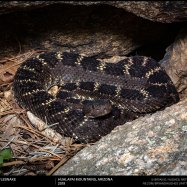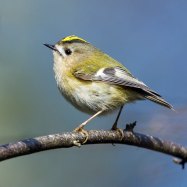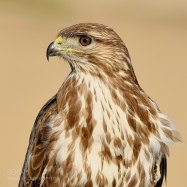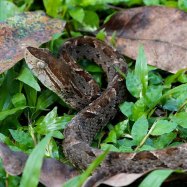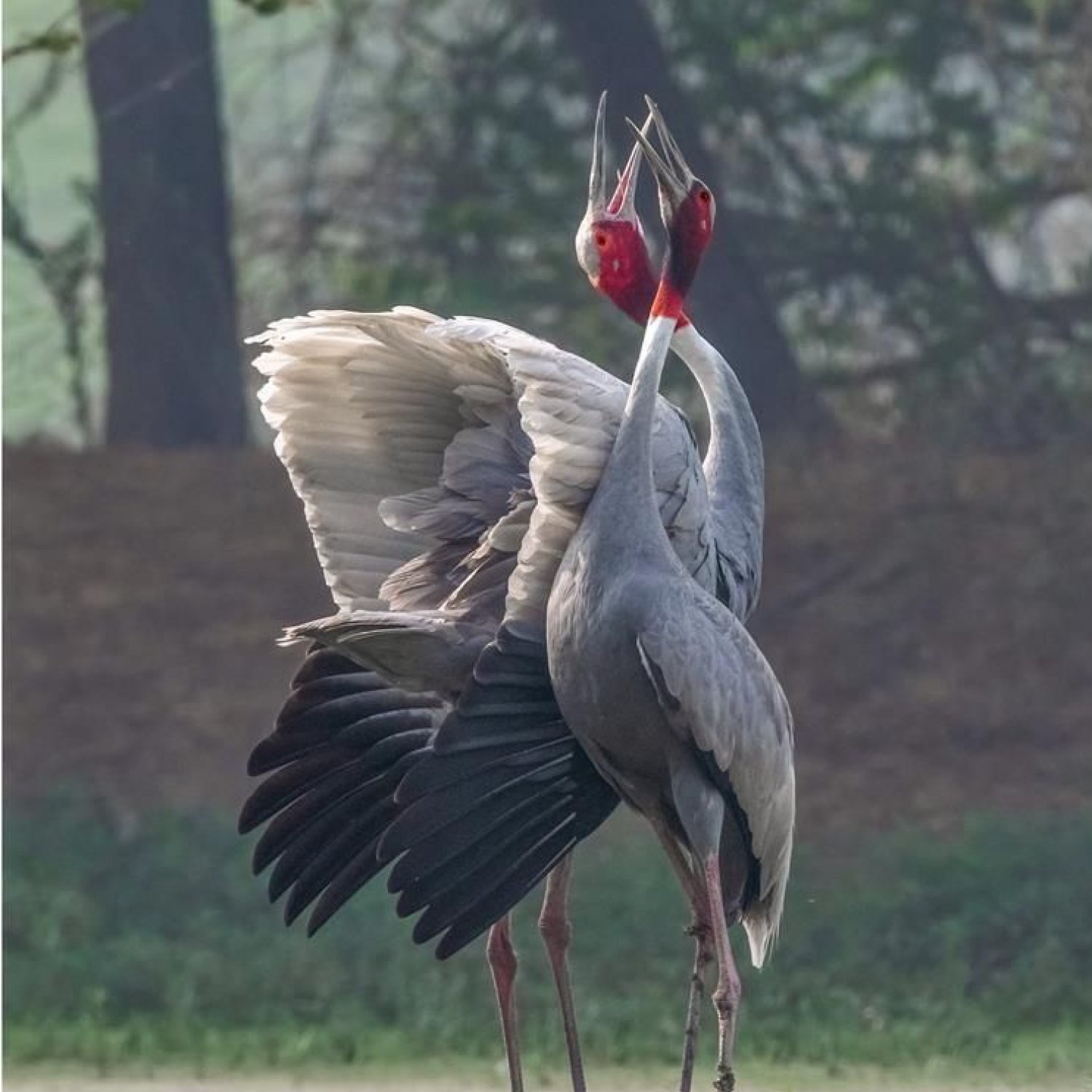
Sarus Crane
150-160 cm
The Sarus Crane, found in water bodies and open grasslands, is the tallest flying bird in the world. With a length ranging from 150-160 cm, this elegant bird belongs to the Gruidae family. Its tall and slender body shape makes it easy to spot while it gracefully glides through the sky. Keep an eye out for this beautiful bird on your next outdoor adventure! #SarusCrane #Gruidae #tallestflyingbird #naturelovers
Animal Details Summary:
Common Name: Sarus Crane
Kingdom: Animalia
Habitat: Wetlands, grasslands, and agricultural fields
The Majestic Sarus Crane: A Graceful Icon of South Asia
The Sarus Crane, scientifically known as Grus antigone, is a magnificent bird that holds a special place in the hearts and cultures of South Asia. Known for its elegant appearance and graceful dance, this bird is the world's tallest flying bird and a globally vulnerable species. In this article, we will take a closer look at the Sarus Crane and explore its unique features, habitat, and significance.A Rare Beauty
The Sarus Crane, also known as the Grus antigone, is a large bird that belongs to the kingdom Animalia, phylum Chordata, class Aves, and order Gruiformes Sarus Crane. It is the tallest of all flying birds, standing at a height of around 150-160 cm and weighing between 6 to 12 kg. This bird is mostly grey in color, with a red head and upper neck and black wingtips. It has a long, slender neck and tall body, making it a sight to behold.One of the most distinctive features of the Sarus Crane is its red head and upper neck. This striking coloration is unique to this species and sets it apart from other cranes. In addition, the Sarus Crane has a long, pointed beak, perfect for capturing its prey and digging for food. Its legs are long and slim, and it has webbed feet that make it an excellent swimmer.
This bird has a regal presence and is often described as a "dancing bird" due to its graceful and intricate dance movements. It is also known for its loud and distinctive call, which can be heard over long distances Schnoodle. The Sarus Crane's beauty and majestic nature have made it a significant bird in many cultures and religions in South Asia.
A Habitat Fit for a King
The Sarus Crane is primarily found in wetland areas, such as marshes, lakes, and rivers. It can also be spotted in grasslands and agricultural fields. This bird is native to South Asia, particularly India, as well as Southeast Asia and Australia. It is a migratory bird, and its range extends from Pakistan to Cambodia, with a significant population in India.In India, the Sarus Crane is found in various states, including Uttar Pradesh, Rajasthan, Haryana, and Punjab. It is also known to inhabit the Chilika Lake in Odisha, the largest inland saltwater lake in Asia. This bird is highly adaptable and can thrive in both natural and human-modified habitats, making it a versatile species.
A Feast for the Eyes and the Stomach
The Sarus Crane is an omnivorous bird, meaning it consumes both plants and animals. It mostly feeds on water plants, insects, amphibians, and small reptiles, making it an essential part of the wetland ecosystem. This bird often forages on the ground, probing and searching for food with its long beak.Apart from its diet, the Sarus Crane is also famous for its courtship dance, which is a spectacle to witness. This dance is performed by both male and female birds and involves intricate movements and vocalizations. It is an essential part of their mating ritual and helps to strengthen the bond between the pair.
An Endangered Species
Despite its regal appearance and cultural significance, the Sarus Crane is facing numerous threats that have led to its endangerment. One of the major threats to this species is habitat loss due to human activities such as deforestation and agriculture. Wetlands, which are essential to the survival of these birds, are disappearing due to human interference and climate change.In addition, the Sarus Crane is also vulnerable to hunting and poaching. In some parts of its range, these birds are hunted for their meat and feathers, further endangering their population. The use of pesticides and other chemicals in agriculture also poses a threat to their food sources, leading to their decline.
Furthermore, the Sarus Crane is also threatened by power lines and collisions with vehicles, as well as predation by feral dogs and cats. Despite conservation efforts in some areas, the Sarus Crane's population continues to decline, and it is now listed as "vulnerable" on the International Union for Conservation of Nature (IUCN) Red List.
A Symbol of Culture and Spirituality
The Sarus Crane holds a special place in the hearts and cultures of people in South Asia. In India, this bird is considered a symbol of love, loyalty, and longevity. It is often depicted in art, literature, and religious scriptures, representing beauty, grace, and divinity. In Hinduism, the Sarus Crane is associated with the god Vishnu, who is often shown with this bird as his vehicle.In addition, the Sarus Crane also plays a significant role in local festivals and ceremonies, particularly in rural communities. The dance of the Sarus Crane is believed to bring good luck and prosperity. It is also a vital part of traditional folk music and dance, showcasing the deep connection between this bird and the culture of South Asia.
A Lesson in Conservation
The Sarus Crane is an integral part of the wetland ecosystem and plays a critical role in maintaining the balance of these habitats. Its decline not only affects the overall health of wetlands but also has a ripple effect on other species that depend on them. Therefore, it is essential to protect and conserve this magnificent bird and its habitat for the benefit of all.There are various conservation efforts in place to protect the Sarus Crane, including habitat restoration, anti-poaching initiatives, and public awareness campaigns. In India, the species is legally protected, and hunting or capture is strictly prohibited. However, more needs to be done to address the challenges facing the Sarus Crane and ensure its survival for future generations.
A Natural Wonder to Behold
In conclusion, the Sarus Crane is a unique and remarkable bird with its tall and slender body, striking coloration, and graceful dance. It has captured the hearts and minds of people in South Asia and is deeply ingrained in the culture and traditions of this region. As a globally vulnerable species, it is our responsibility to protect and preserve this bird for future generations to appreciate and admire. Let us all join hands in conserving the majestic Sarus Crane and its wetland habitats.

Sarus Crane
Animal Details Sarus Crane - Scientific Name: Grus antigone
- Category: Animals S
- Scientific Name: Grus antigone
- Common Name: Sarus Crane
- Kingdom: Animalia
- Phylum: Chordata
- Class: Aves
- Order: Gruiformes
- Family: Gruidae
- Habitat: Wetlands, grasslands, and agricultural fields
- Feeding Method: Omnivorous
- Geographical Distribution: South Asia, Southeast Asia, and Australia
- Country of Origin: India
- Location: Water bodies and open grasslands
- Animal Coloration: Mostly grey with a red head and upper neck, and black wingtips
- Body Shape: Tall and slender
- Length: 150-160 cm
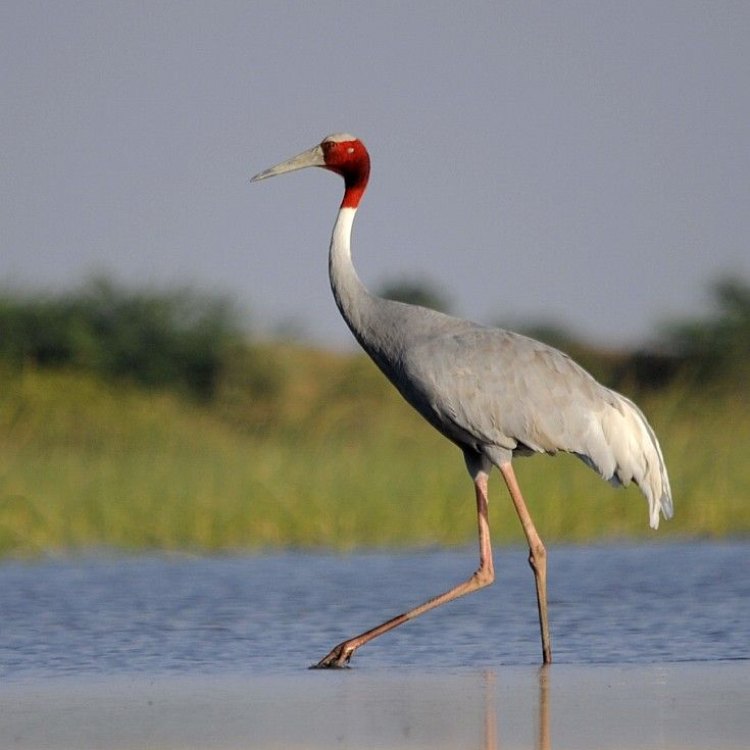
Sarus Crane
- Adult Size: Large-sized bird
- Average Lifespan: 20-30 years
- Reproduction: Monogamous
- Reproductive Behavior: Pairs perform elaborate courtship displays
- Sound or Call: Loud trumpeting and bugling calls
- Migration Pattern: Some populations are migratory
- Social Groups: Live in pairs or small family groups
- Behavior: Gregarious and territorial
- Threats: Habitat loss, pollution, and hunting
- Conservation Status: Vulnerable
- Impact on Ecosystem: Important role in wetland ecosystems
- Human Use: Tourism and cultural significance
- Distinctive Features: Tall stature and red head
- Interesting Facts: Tallest flying bird and national bird of India
- Predator: Humans, large carnivores
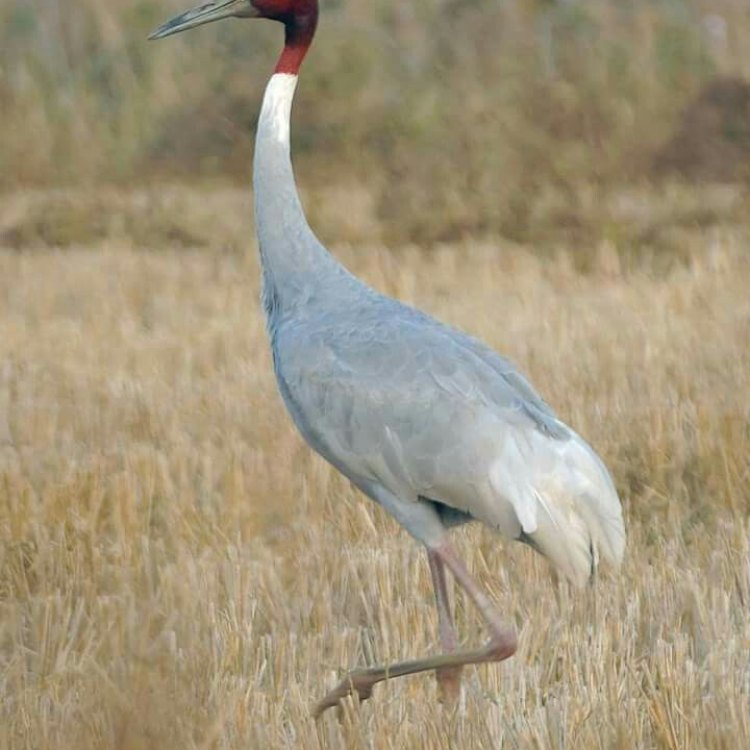
Grus antigone
The Graceful Giant: The Sarus Crane and Its Unique Features
In a world full of vibrant and diverse creatures, the Sarus crane stands out with its tall stature, elegant red head, and trumpeting calls. This large-sized bird, scientifically known as Grus antigone, is a majestic sight to behold. From its elaborate courtship displays to its important role in wetland ecosystems, the Sarus crane has captured the hearts and minds of many.Let's take a closer look at this magnificent species and discover what makes it stand out from the rest PeaceOfAnimals.Com.
The Size and Lifespan of the Sarus Crane
The Sarus crane is a large bird, standing at an impressive height of up to five feet. It has a wingspan of over seven feet, making it one of the tallest flying birds in the world. This bird's size is truly awe-inspiring, and it is no surprise that it is often referred to as the "graceful giant."Despite its imposing size, the Sarus crane has an average lifespan of 20-30 years, with some individuals living up to 40 years. This longevity is a testament to the species' ability to adapt and thrive in its environment.
Reproduction and Courtship Displays
Sarus cranes are monogamous, meaning they mate for life. Pairs perform elaborate courtship displays, which involve dancing, bowing, and even throwing objects into the air. These displays are not only a way for the birds to attract a mate, but they also strengthen their bond and promote successful breeding.Once a pair has formed, they build a large nest together, using grass, reeds, and other plant materials Siberian Husky. The female lays two eggs, and both parents take turns incubating them for around 31-36 days. After hatching, the parents diligently care for their offspring until they are ready to fledge at around 80-90 days old.
Sounds and Calls of the Sarus Crane
The Sarus crane is known for its loud trumpeting and bugling calls, which echo through wetland habitats where they are commonly found. These calls serve various purposes, from communication between mates to territorial displays.Interestingly, each pair of Sarus cranes has a unique duet call that they use to communicate with each other. This communication is crucial for maintaining their bond and successful breeding.
Migration and Social Groups
Some populations of Sarus cranes are migratory, meaning they travel to different locations depending on the season. They typically migrate in groups but tend to return to the same breeding grounds each year.In non-migratory populations, Sarus cranes live in pairs or small family groups, which consist of the parents and their recent offspring. These birds are gregarious, meaning they are social animals that thrive in groups.
Behavior and Threats
The Sarus crane has a gregarious and territorial behavior, which means they are often found in groups and fiercely defend their territory from other cranes. They are also known for their graceful movements, which have inspired many cultures and traditions.Unfortunately, the Sarus crane is facing numerous threats, including habitat loss, pollution, and hunting. The destruction of wetland habitats, which are their primary home, is a critical issue affecting populations of this species. Hunting, both legally and illegally, also poses a significant threat to the Sarus crane.
Conservation Status and Role in Ecosystems
The Sarus crane is listed as "vulnerable" on the IUCN Red List, meaning it is facing a high risk of extinction in the wild. However, the good news is that conservation efforts are in place to protect this species and its habitat.The Sarus crane plays a crucial role in wetland ecosystems, acting as seed dispersers and controlling insect populations. They also create and maintain habitats for other species, making them an essential part of the ecosystem.
Human Use and Cultural Significance
The Sarus crane holds cultural significance in many parts of the world, particularly in India, where it is the national bird. It has been featured in Indian folklore and even appears on the country's currency.This species also has value in the tourism industry, with many people traveling to see these birds in their natural habitat. Several protected areas, such as the Keoladeo National Park in India, offer opportunities to observe and learn about Sarus cranes.
Distinctive Features and Interesting Facts
The most distinctive feature of the Sarus crane is its tall stature and striking red head. However, these birds also have long legs and a long, dark gray neck, topped with a small tuft of feathers.Apart from being the tallest flying bird, the Sarus crane is also the national bird of India, making it a symbol of pride and cultural heritage.
Predators and Survival
The main predators of the Sarus crane are humans, who hunt them for their meat, feathers, and for use in traditional medicine. Large carnivores, such as jackals, foxes, and crocodiles, also pose a threat to these birds.However, conservation efforts, such as community-based protection programs, have contributed to the survival of the Sarus crane. Education and awareness about the species and its importance have also played a significant role in its conservation.
Conclusion
The Sarus crane is a truly remarkable and unique species, with its impressive size, graceful movements, and cultural significance. While it faces several threats, conservation efforts and public awareness are crucial in ensuring its survival for generations to come.As we continue to strive for a world where all creatures can thrive, let us not forget the Sarus crane and its vital role in ecosystems. Let us continue to admire and protect these graceful giants, a true symbol of nature's beauty.
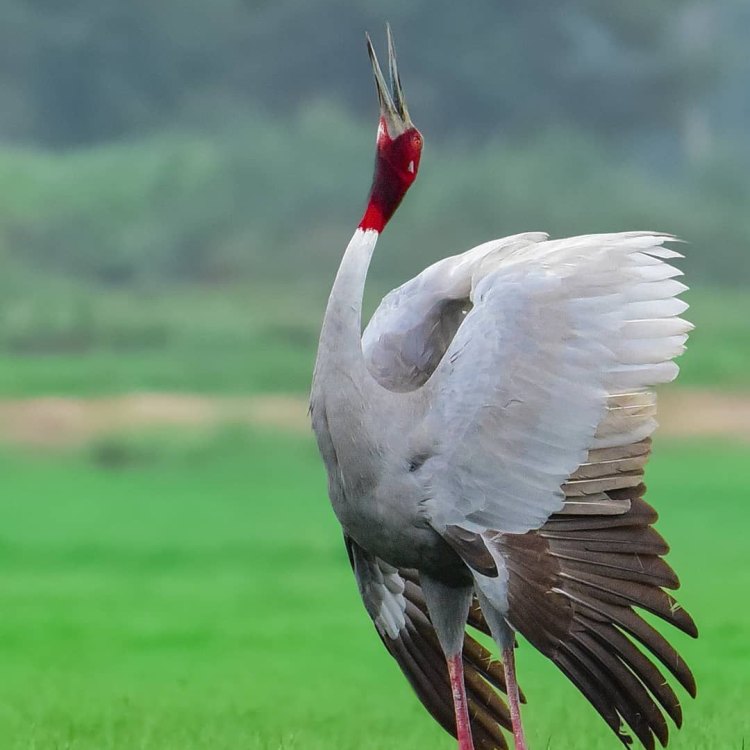
The Majestic Sarus Crane: A Graceful Icon of South Asia
Disclaimer: The content provided is for informational purposes only. We cannot guarantee the accuracy of the information on this page 100%. All information provided here may change without prior notice.


